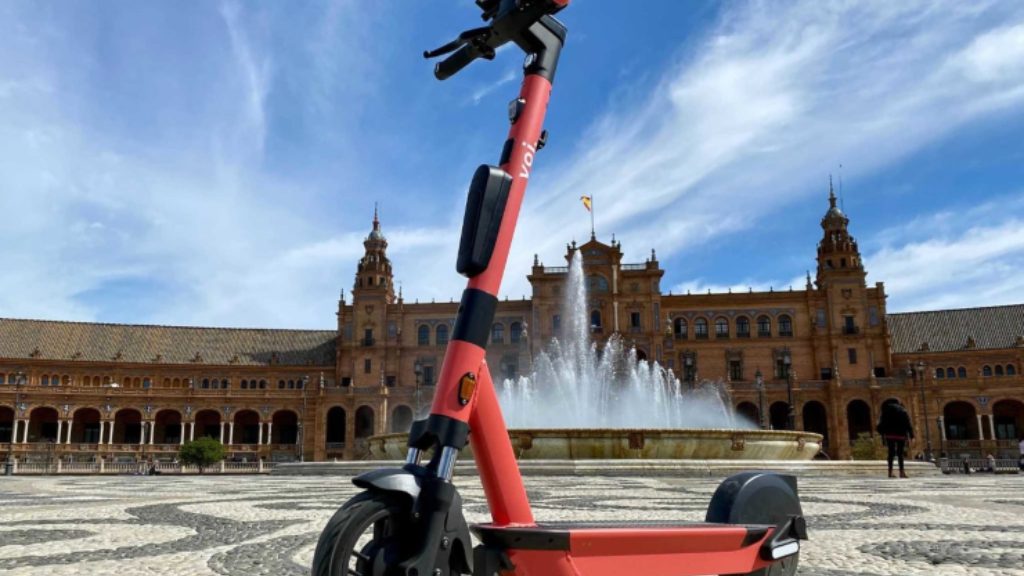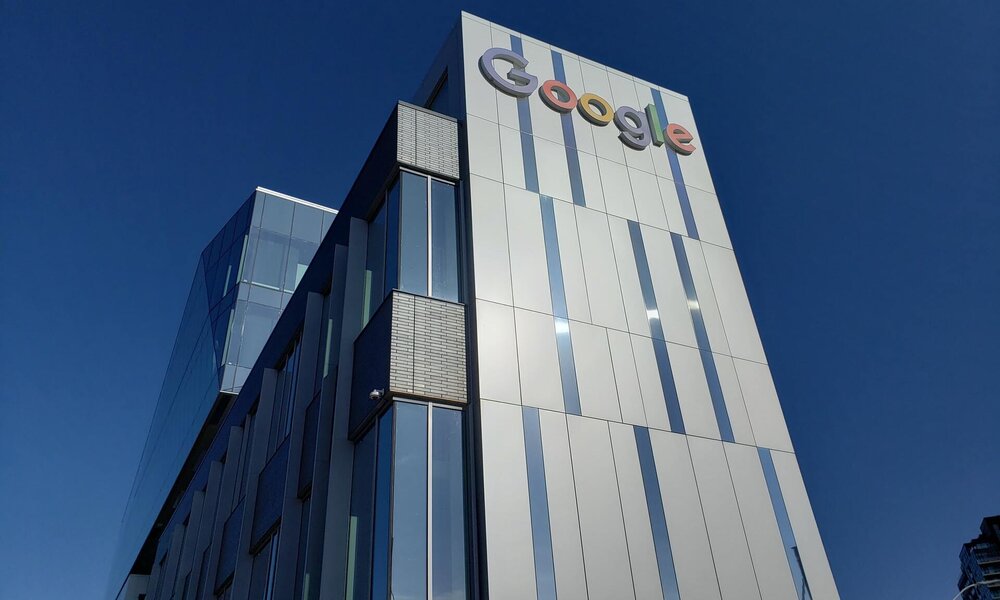
The mobility of Spanish cities is constantly evolving and the Swedish company, specialized in the field, Voi Technology, has decided to analyze the trends in the year that has just begun. The company landed last year in the national territory with the aim of build 15 minute cities wherever you deploy your scooters.
This concept, which is beginning to become a reality in some of the cities where Voi operates, is the maximum expression of smart mobility. It is based on the idea of favoring the possibility for citizens to be a maximum of 15 minutes away from their basic needs (work, supermarket, pharmacy, etc.) thanks to multimodality, that is, the combination of public transport routes, on foot and by scooter or bicycle.
An example of these advances can be seen in the city of Seville, where Voi began operating in July with an 18-month pilot project and has already managed to carry out more than half a million trips. With this formula, in addition to offering comfort to users who choose to travel by scooter, other vehicles are prevented from circulating, generating CO2 emissions, noise and traffic in the city.
Around this vision, Voi has analyzed the seven trends that will contribute in 2022 to achieving the goal of developing more efficient and sustainable cities with this new concept of mobility:
1. Proximity
With the different mobility options that have been presented in recent years in Spanish cities, we will see how citizens change the way they make their journeys, especially short-distance ones, going from using private vehicles to using other more comfortable alternatives such as scooters, bicycles or public transport. In this way, trips will be made even faster, avoiding traffic jams or complicated parking on short routes.
2. Education and safety
One of the biggest concerns surrounding the use of new means of transportation is safety. This lack of confidence is due to the lack of knowledge about their use, but now that vehicles such as scooters begin to normalize, the most important challenge will be to educate them in their use and in the regulations established to create safe environments for all users, as well as for the rest of citizens.
3. Innovation and digitization
Technological advances open up a new range of possibilities that will facilitate the connection of journeys in different means of transport. An example of this is the integration that different applications are developing so that the user can create his route based on all the options available to him. An example of this type of innovation is the introduction of Voi on Google Mapsfrom where you can now see the free scooters near a certain point.
4. Multimodality through sustainable transport
Now that there are sustainable alternatives that can be combined to reach any point in a city, citizens are changing their habits in favor of the environment. From Voi, through a survey, it is known that 63% of all trips by Voi users are made on iIntegration with journeys made with other vehicles of public transport.
In addition, from Voi they calculate that in the time they have been in the city of Seville, their users have avoided the emission of 19.86 kg of PM 2.5 particles in the air and 29.5 tons of CO2. These figures are equivalent to 86,581 car trips avoided, six private cars unused throughout the year and 75 m2 of public spaces gained by avoiding their use for car parking.
5. Optimization of logistics and operations
In recent years, various transport options have arrived in cities that were not previously considered. Its introduction has required the implementation of a vehicle maintenance system and the development of specific logistics. Now that these formulas are in place, your mission will be optimize your operations to make them more efficient and sustainable and contribute to the order of the city.
6. Improvement of infrastructures
Now that local governments are beginning to see the benefits of multimodality for cities, investment in infrastructure has increased. An example is the Madrid 360 plan, in which the Madrid city council has planned to build a bike lane on Paseo de la Castellana and the Green Ring cycling network.
However, to build cities truly adapted to people’s needs, it will be necessary for the authorities to make a clear commitment to public transport and shared vehicle services, such as scooters.
7. Electrification and carbon footprint reduction
Apart from the improvement of infrastructures, the image of cities will change when a further step towards sustainability is taken by installing the necessary system to promote the use of electric vehicles, with recharging points, for example. It will be essential to facilitate access to this type of support to promote change and reduce the use of motorized vehicles so that in turn the carbon footprint is reduced.



